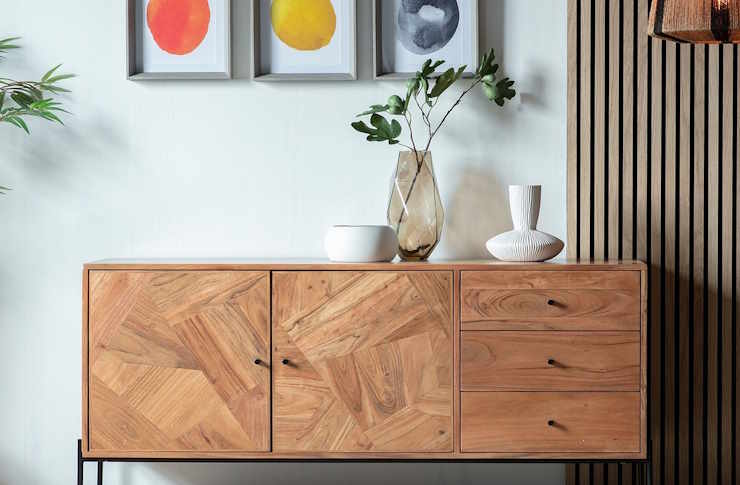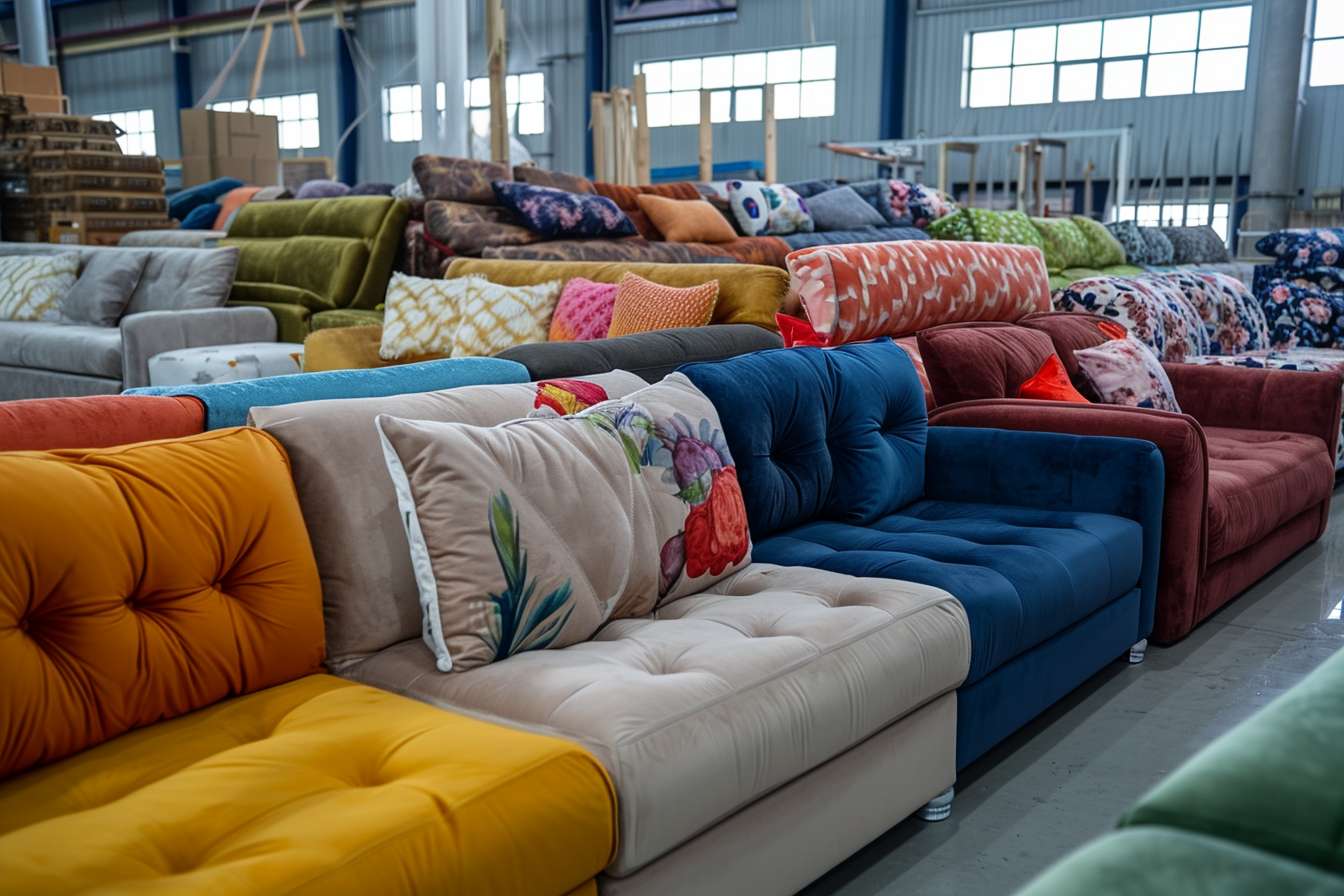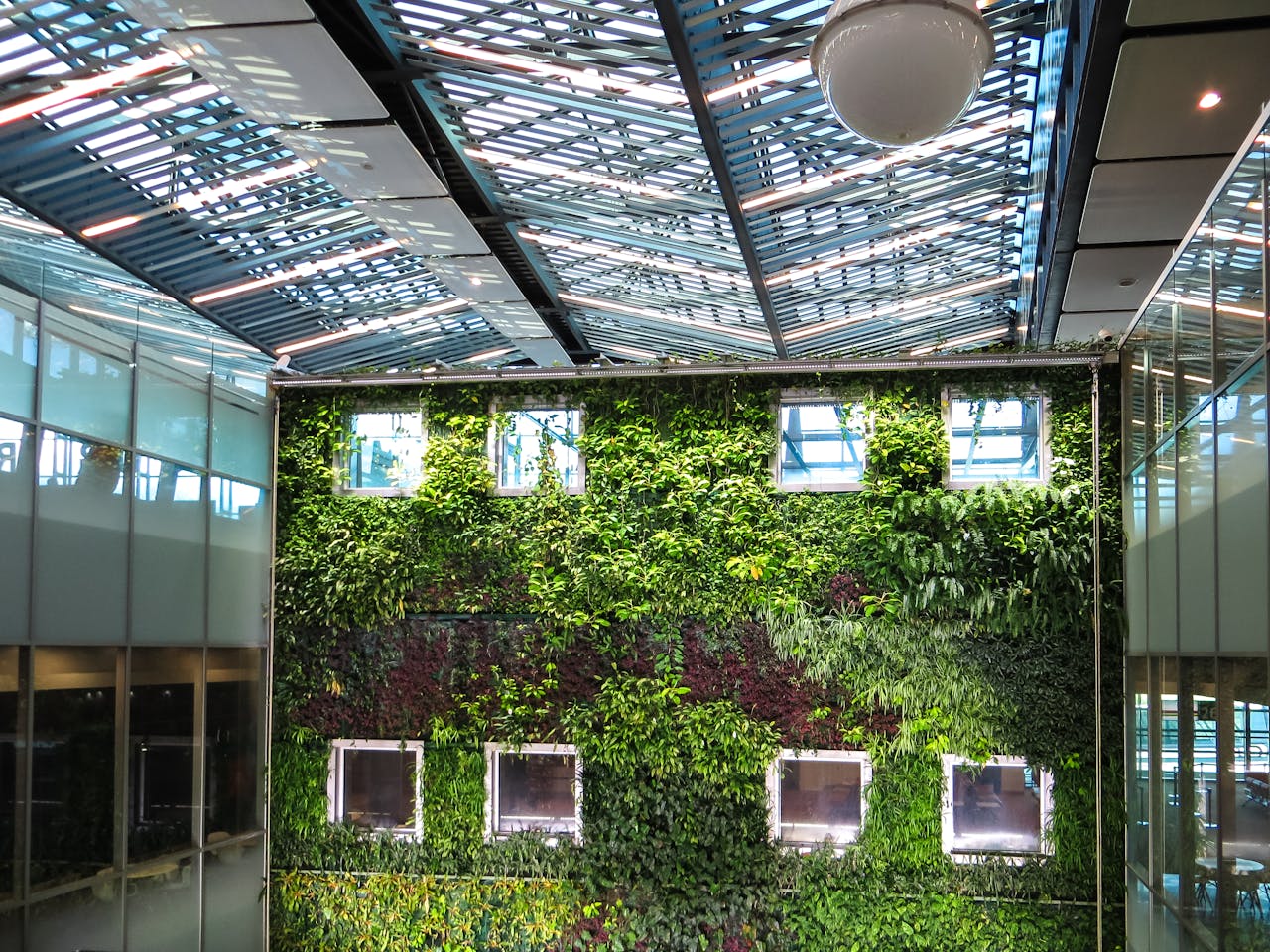Embracing Wabi-Sabi: The Beauty of Imperfection in Home Design
In a world obsessed with perfection, a centuries-old Japanese philosophy is making waves in modern home design. Wabi-sabi, the art of finding beauty in imperfection and transience, is revolutionizing how we approach our living spaces. This article delves into the essence of wabi-sabi and explores its transformative power in creating serene, authentic homes that celebrate the passage of time and the charm of natural imperfections.

The Roots of Wabi-Sabi
Wabi-sabi finds its origins in 15th century Japanese tea ceremonies, where simple, rustic tea huts and handmade utensils were preferred over ornate designs. The term combines two concepts: wabi, which refers to the beauty of simplicity and humility, and sabi, which embraces the passage of time and the beauty of age.
This philosophy emerged as a reaction to the prevailing aesthetic of ornate, perfect, and luxurious design. It celebrated the modest, the rustic, and the melancholy, finding profound beauty in the impermanence of all things. Over time, wabi-sabi evolved from a niche aesthetic principle to a broader philosophy influencing art, design, and lifestyle.
Key Principles of Wabi-Sabi in Home Design
Understanding the core principles of wabi-sabi is crucial for incorporating this philosophy into home design:
-
Simplicity: Wabi-sabi favors minimalism, but not in the stark, clinical sense. It’s about creating spaces that are uncluttered and focused on essentials.
-
Naturalness: Materials and textures should be as close to their natural state as possible. Think unfinished wood, stone, and organic fabrics.
-
Irregularity: Perfectly symmetrical or machine-made items are avoided in favor of handcrafted, slightly irregular pieces.
-
Intimacy: Wabi-sabi spaces feel personal and lived-in, not like showrooms.
-
Appreciation of Age: Signs of wear and tear are celebrated, not hidden.
Incorporating Wabi-Sabi Elements in Your Home
Bringing wabi-sabi into your living space doesn’t require a complete overhaul. Here are some ways to introduce this philosophy:
-
Embrace Natural Materials: Use raw wood, stone, clay, and linen. Let the natural grain, texture, and imperfections shine through.
-
Celebrate Handcrafted Items: Incorporate handmade ceramics, textiles, and furniture. Their slight irregularities add character and warmth.
-
Allow for Weathering: Don’t rush to replace items showing signs of age. A weathered wooden table or a sun-faded curtain can be beautiful in its imperfection.
-
Create a Neutral Palette: Use muted, earthy tones inspired by nature. Avoid bright, synthetic colors.
-
Incorporate Nature: Bring in plants, dried flowers, or branches. Their organic forms and temporal nature embody wabi-sabi principles.
The Psychological Benefits of Wabi-Sabi Spaces
Beyond aesthetics, wabi-sabi inspired homes can have profound effects on our well-being:
-
Stress Reduction: The simplicity and naturalness of wabi-sabi spaces can create a calming environment, reducing stress and anxiety.
-
Mindfulness: By appreciating imperfections and the passage of time, we become more present and mindful in our daily lives.
-
Acceptance: Embracing wabi-sabi can help us accept the imperfections in our lives and ourselves, leading to greater contentment.
-
Connection to Nature: The use of natural materials and forms can strengthen our connection to the natural world, improving overall well-being.
Wabi-Sabi in Modern Context
While rooted in ancient philosophy, wabi-sabi is remarkably relevant in today’s fast-paced, digital world:
-
Antidote to Consumerism: In a culture of constant upgrades and replacements, wabi-sabi encourages us to find beauty in what we already have.
-
Sustainability: By valuing longevity and imperfection, wabi-sabi aligns with sustainable living practices.
-
Digital Detox: Wabi-sabi spaces, with their emphasis on simplicity and naturalness, can provide a much-needed respite from our screen-dominated lives.
-
Authenticity in the Age of Social Media: In contrast to curated, picture-perfect interiors often seen online, wabi-sabi celebrates real, lived-in spaces.
Challenges and Misconceptions
Adopting wabi-sabi isn’t without its challenges:
-
Balancing Imperfection: There’s a fine line between wabi-sabi and neglect. The key is to curate imperfections thoughtfully.
-
Overcoming the Perfection Mindset: For many, letting go of the desire for perfection can be difficult.
-
Misinterpretation: Wabi-sabi isn’t about creating a Japanese-style interior. It’s a philosophy that can be applied to any design style.
-
Avoiding Forced Imperfection: Authenticity is key. Artificially distressing items goes against the true spirit of wabi-sabi.
As we navigate an increasingly complex and fast-paced world, the principles of wabi-sabi offer a refreshing perspective on home design and living. By embracing imperfection, celebrating the passage of time, and finding beauty in simplicity, we can create spaces that are not only visually appealing but also nurturing to our souls. The wabi-sabi home is more than just a design trend; it’s a philosophy that encourages us to slow down, appreciate the present moment, and find profound beauty in the imperfect, impermanent nature of life itself.





